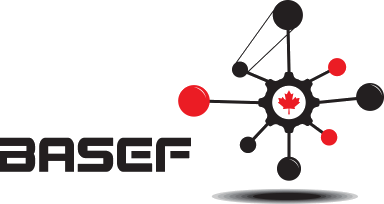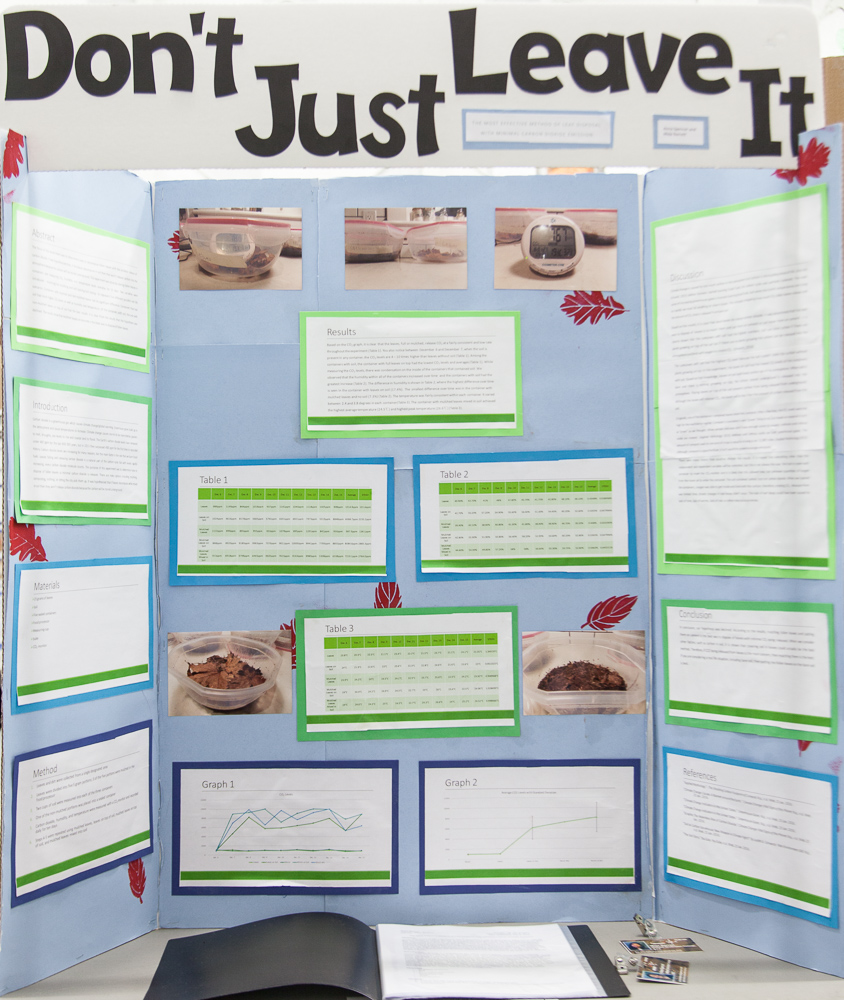
S17 : The Most Effective Method of Leaf Disposal with Minimal Carbon Dioxide Emission

| Students | Anna Spencer
Maja Barrett |
| School | IND - Hillfield Strathallan College - Hamilton |
| Level | Intermediate 9/10 - Grade 9 |
| Group | Group 1 - Earth and Environmental |
| Abstract | Carbon dioxide is a greenhouse gas which causes climate change/global warming. Greenhouse gases build up in the atmosphere and cause temperatures to increase. Climate change causes storms to be more intense, glaciers to melt, droughts, sea levels to rise and coastal land to flood. The Earth’s carbon dioxide levels have remained under 400 ppm for the last 400 000 years, but in 2013 they surpassed 400 ppm for the first time in recorded history. Carbon dioxide levels are increasing for many reasons, but the main factor is the rate that we burn fossil fuels. Leaves falling and releasing carbon dioxide is a natural part of the carbon cycle. But with levels rapidly increasing, every carbon dioxide molecule counts. The purpose of this experiment was to determine how to dispose of fallen leaves so minimal carbon dioxide is released. There are many options including mulching, composting, nothing, or letting the city pick them up. It was hypothesized that if leaves decompose while mixed in soil then they won’t release carbon dioxide because the carbon will be stored underground. |